Exploring the Future of Web3: Transforming the World
Introduction
Web3 represents the future of the internet, envisioning a more decentralized and user-centric online experience. This article aims to explore the concept of Web3, its potential impact on various sectors, and its role in shaping the future. By leveraging groundbreaking technologies such as blockchain, Web3 has the potential to revolutionize industries, enhance privacy and data security, and empower individuals. In this article, we will dive into the key aspects of Web3 and delve into its potential applications and challenges.
1. Understanding Web3: Redefining the Internet
Web3 is a paradigm shift in the way we interact with the internet. Unlike its predecessor Web2, which is characterized by centralized platforms and intermediaries, Web3 focuses on decentralization, user sovereignty, and privacy. By harnessing blockchain technology, Web3 eliminates the need for intermediaries, allowing for peer-to-peer transactions, secure digital identities, and decentralized applications (dApps).
2. The Key Components of Web3
a) Blockchain Technology: The backbone of Web3, blockchain ensures transparency, immutability, and security in peer-to-peer transactions.
b) Decentralized Applications (dApps): These applications leverage blockchain technology to eliminate middlemen and provide greater control and transparency to users.
c) Self-sovereign Identity: Web3 enables individuals to have full control over their digital identities, ensuring privacy and security.
d) Tokenization: Web3 allows for the creation and exchange of digital assets through tokenization, enabling new business models and economic systems.
3. Web3 and its Impact on Industries
a) Finance: Web3 has the potential to disrupt traditional financial systems by enabling decentralized financial services, eliminating intermediaries, and providing financial inclusion to the unbanked.
b) Healthcare: Web3 can enhance data security, facilitate interoperability, and empower patients with control over their health records, leading to more efficient and personalized healthcare services.
c) Supply Chain: By using blockchain technology, Web3 can revolutionize supply chain management by ensuring transparency, traceability, and authenticity, reducing fraud and improving efficiency.
d) Governance: Web3 enables decentralized governance models, allowing for transparent decision-making, voting systems, and reduced corruption.
4. Challenges and Considerations for Web3 Adoption
a) Scalability: Blockchain technology faces challenges in terms of scalability, transaction speed, and energy consumption. Innovations such as layer 2 solutions and proof-of-stake consensus mechanisms are being explored to address these concerns.
b) User Experience: Web3 applications need to provide seamless and user-friendly interfaces to attract mainstream adoption, bridging the gap between complex blockchain technology and everyday users.
c) Regulation and Compliance: As Web3 disrupts traditional industries, regulatory frameworks need to be developed to ensure consumer protection, prevent fraud, and foster innovation.
d) Education and Awareness: The success of Web3 relies on educating individuals about its potential, benefits, and risks. Increased awareness and understanding will accelerate its adoption and integration into society.
Conclusion
Web3 represents a transformative shift in how we perceive and utilize the internet. With its emphasis on decentralization, privacy, and user control, Web3 has the potential to reshape industries, empower individuals, and redefine the digital landscape. By addressing the challenges and fostering collaboration between technology, industry, and regulators, we can unlock the full potential of Web3 and create a more inclusive, secure, and user-centric internet.
Related Questions:
1. How does Web3 differ from Web2, and what are the advantages of Web3?
2. What are the potential applications of Web3 in finance and healthcare sectors?
3. How can Web3 address the challenges of supply chain management, such as transparency and traceability?
4. What are the key considerations for regulatory frameworks and policies to support the adoption of Web3?



